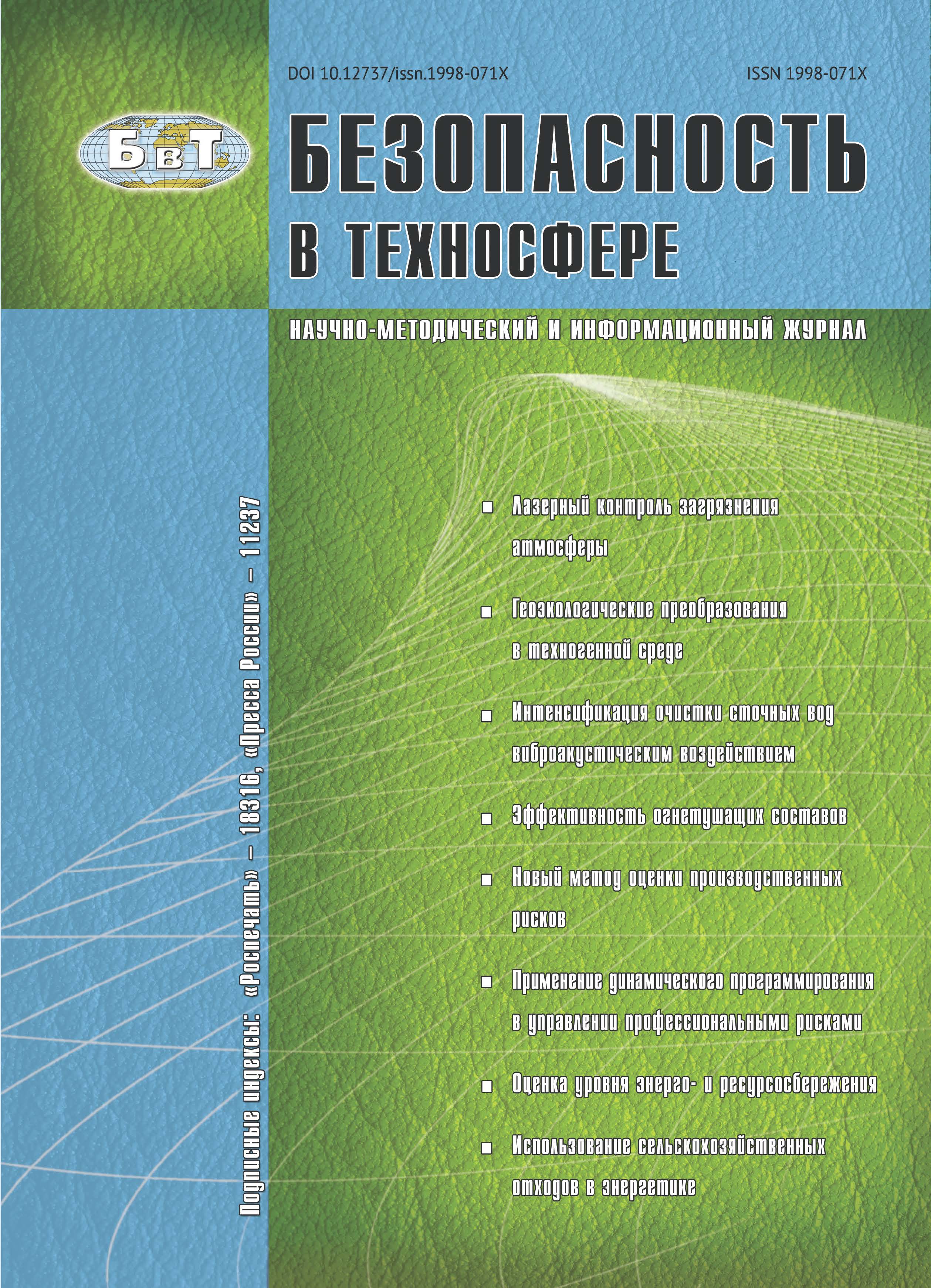Russian Federation
The article considers basic approaches to dismantling of nuclear-powered guided missile heavy cruisers on the example of the nuclear-powered guided missile heavy cruiser "Admiral Ushakov", as well as conceptual questions of safety during planned dismantling. The major factors that have impact on choosing the strategy of dismantling and on ensuring nuclear, radiation and ecological safety of the personnel, population and environment during dismantling are considered. The conclusion is that maintaining and servicing decommissioned nuclear powered ships and their reactor installations, along with operations in the course of subsequent dismantling of nuclear powered ships have no fundamental differences from the corresponding conditions and operations for nuclear submarines. “Shiprepairing Center “Zvezdochka” JSC has longterm experience of maintaining and dismantling nuclear submarines, including fuel discharge of dozens of marine reactor plants. This experience convincingly confirms high reliability of procedures (including on nuclear and radiation safety and on inadmissible impacts on environment) embedded into domestic projects of marine reactor plants, and acceptability of regulations and technologies applied by “Shiprepairing Center “Zvezdochka” JSC during corresponding operations including such potentially dangerous ones as discharging nuclear reactors and further treatment of the spent nuclear fuel.
nuclear-powered guided-missile heavy cruiser, complex dismantling of nuclear powered ships, spent nuclear fuel, radioactive waste, toxic waste.
1. История создания тяжелых атомных ракетных крейсеров
В 1961 г. в состав ВМС США вошел первый атомный крейсер «Лонг Бич» [1]. Это событие послужило толчком к созданию отечественного боевого атомного надводного корабля. В силу естественного развития военно-морской техники в 1964 г. начались исследования по определению облика первого в нашей стране боевого надводного атомохода [2]. Исследования проводились для удовлетворения объективной потребности флота в океанском надводном корабле, способном действовать в удаленных районах мирового океана в составе группировки и самостоятельно, преимущественно с противолодочными задачами. Исследования завершились тактико-техническим заданием на разработку проекта большого противолодочного корабля с атомной энергетикой водоизмещением 8000 тонн.
Новый атомный корабль с самого начала стал любимым детищем главнокомандующего ВМФ С. Горшкова. Тем не менее, проектирование шло трудно и довольно медленно. С первых же этапов начало расти водоизмещение, что заставило искать все новые варианты главной энергетической установки (ЭУ), в первую очередь ее паропроизводящей части. В конце концов приняли решение о создании специальной ЭУ. При этом главком потребовал размещения резервной ЭУ на органическом топливе. Его опасения можно понять: отечественный опыт эксплуатации атомоходов был сравнительно небольшим, а боевой корабль — это даже не ледокол, да и обеспечение его стоянки при нашей системе базирования всегда было болевой точкой флота [3].
1. Kovalenko V.A. Ostroumov M.N. Spravochnik po inostrannym flotam [Reference book on foreign fleet]. Moscow, Military publ. 1971. 716 p. (in Russian).
2. Apal´kov Yu.V. Korabli VMF SSSR [Ships of the Navy of the USSR]. V. II, Part 1, St. Petersburg, Galeya Print Publ., 2003. 90 p. (in Russian).
3. Kuzin V.P. Nikol´skiy V.I. Voenno-morskoy flot SSSR 1945-1991 [Navy of the USSR 1945-1991]. St. Petersburg, 1996. 653 p. (in Russian).
4. Kuznetsov V.M., Nazarov A.G. Radiatsionnoe nasledie kholodnoy voyny: opyt istoriko-nauchnogo issledovaniya [Radiation heritage of cold war: experience of historical and scientific research]. Moscow, Klyuch-S Publ., 2006. 720 р. (in Russian).
5. Kalistratov N.Ya., Nikitin V.S., Makarov V.G. Utilizatsiya atomnykh podvodnykh lodok [Dismentling of nuclear submarines]. Part 1. Sovremennoe sostoyanie atomnogo podvodnogo flota [Current state of nuclear underwater fleet]. St. Petersburg, 2007. 126 p. (in Russian).
6. Kalistratov N.Ya., Nikitin V.S., Makarov V.G. Utilizatsiya atomnykh podvodnykh lodok [Dismentling of nuclear submarines]. Part 2, St. Petersburg. 2008. 172 p. (in Russian).
7. Available at: http://www.mvestnik.ru/shwpgn.asp?pid=2013121648
8. Kuznetsov V.M., Chechenov H.Zh., Nikitin V.S. Vyvod iz ekspluatatsii ob"ektov ispol´zovaniya atomnoy energii [Decommissioning of objects of use of atomic energy]. Moscow, Voskhod-A Publ. 2009. 631 p. (in Russian).
9. Nikitin V.S. Implementation of the concept of complex dismantling of a nuclear submarine at the enterprises of Severodvinsk. Voprosy utilizatsii APL [Questions of dismantling of a nuclear submarine], 2002, I. 2, pp. 54-57. (in Russian).
10. Kuznetsov V.M., Nikitin V.S., Khvostova M.S. Radioekologiya i radiatsionnaya bezopasnost´. Istoriya, podkhody, sovremennoe sostoyanie [Radio ecology and radiation safety. History, approaches, current state]. Moscow, Voskhod-A Publ, 2011. 1208 p. (in Russian).
11. Kulikov K.N., Nikitin V.S. Ensuring ecological safety at dismantling of a nuclear submarine. Utilizatsiya sudov na predpriyatiyakh GRTsAS [Dismantling of courts at the GRTsAS enterprises]. Severodvinsk, 2002. (in Russian).
12. Kulikov K.N., Mikheev A.A., Nikitin V.S. Compact processing of radioactive waste on FGUP MP “Zvezdochka”. Perspektivnye tekhnologii stroitel´stva i utilizatsii sudov na predpriyatiyakh GRTsAS [Perspective technologies of construction and dismantling of courts at the enterprises of GRTsAS]. Severodvins,. 2000. (in Russian).






